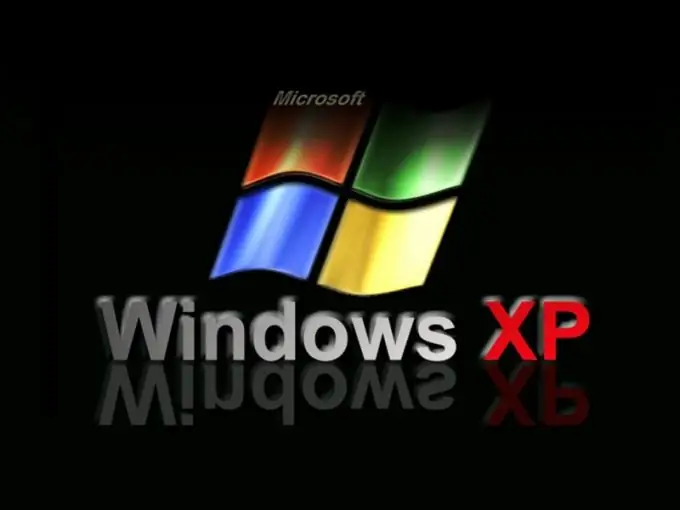The language bar allows you to change the keyboard layout or the language for input from the desktop. Sometimes this tool disappears from the tray, causing a lot of inconvenience to the computer owner.

To restore the language bar, from the "Start" menu go to "Control Panel" and double-click the left mouse button to expand the "Regional and Language Options" node. Go to the "Languages" tab and in the "Settings" section click the "Language bar" button. Check the box next to Display on Desktop.
If the checkbox is checked, but the language bar is not displayed, clear it and click OK. Go to the "Settings" section again, check the checkbox and confirm by clicking OK.
If the "Language bar" button is inactive (highlighted), go to the "Advanced" tab and uncheck all the checked boxes in both sections. Click OK to confirm. Return to the "Language bar" section and check the box next to "Display on desktop".
If you have Windows 7, in Control Panel, open the Text Input Languages and Services node. In the "Language bar" tab, select "Docked to the taskbar".
The state of the language bar is determined by the ctfmon.exe process. It should start automatically. Press the Win + R keys and type msconfig in the "Open" line. In the "Startup" tab, check the checkbox next to the process name, if it is empty.
The problem may remain if the ctfmon.exe file is not present in the system or it is damaged. In the "Control Panel" double click on the shortcut "Folder Options" and go to the "View" tab. Check the box next to "Show contents of system folders" and put the switch "Hidden files and folders" in the position "Show".
Copy the ctfmon.exe file from another computer or installation disk and place it in the C: / Windows / system32 / folder.
Check if the launch of this process is registered in the registry. From the Start menu, select the Run option and type regedit in the Open box. On the left side of the Registry Editor window, locate HKEY_CURRENT_USER / Software / Microsoft / Windows / CurrentVersion / Run and see if there is a string parameter cfmon.exe on the right side. If not, go to the "Edit" menu and select the "New" command and "String parameter". Enter the name cfmon.exe. In the same menu, click "Change" and in the "Value" field type C: / Windows / system32 / cfmon.exe.






